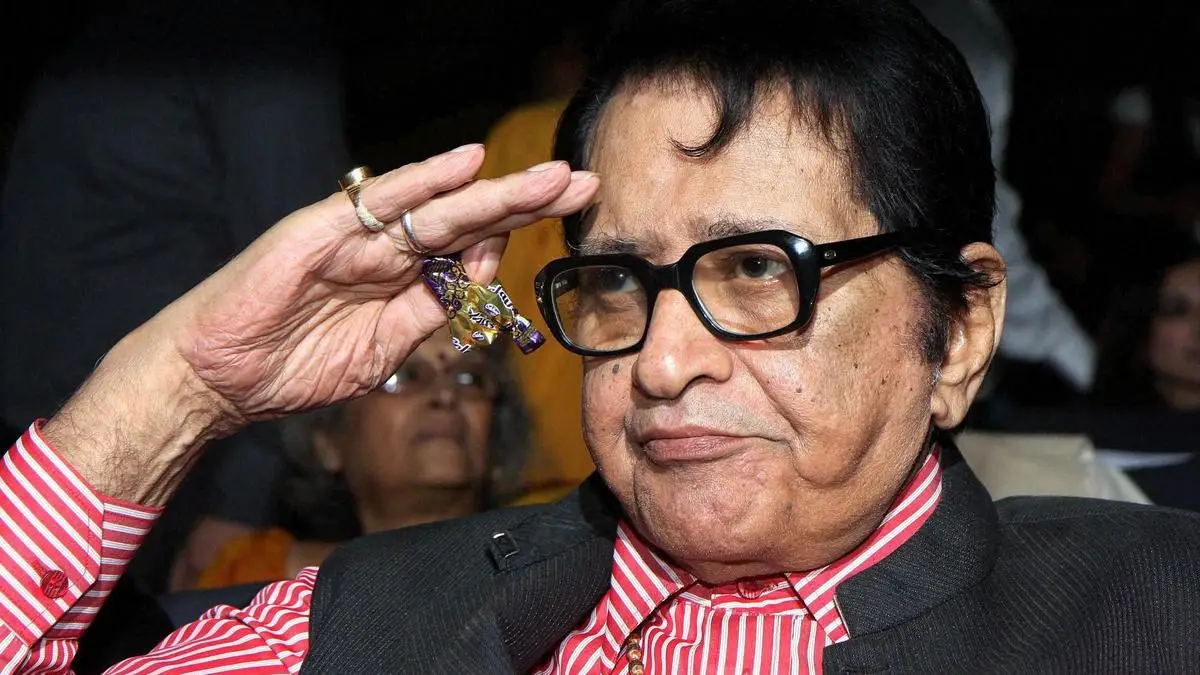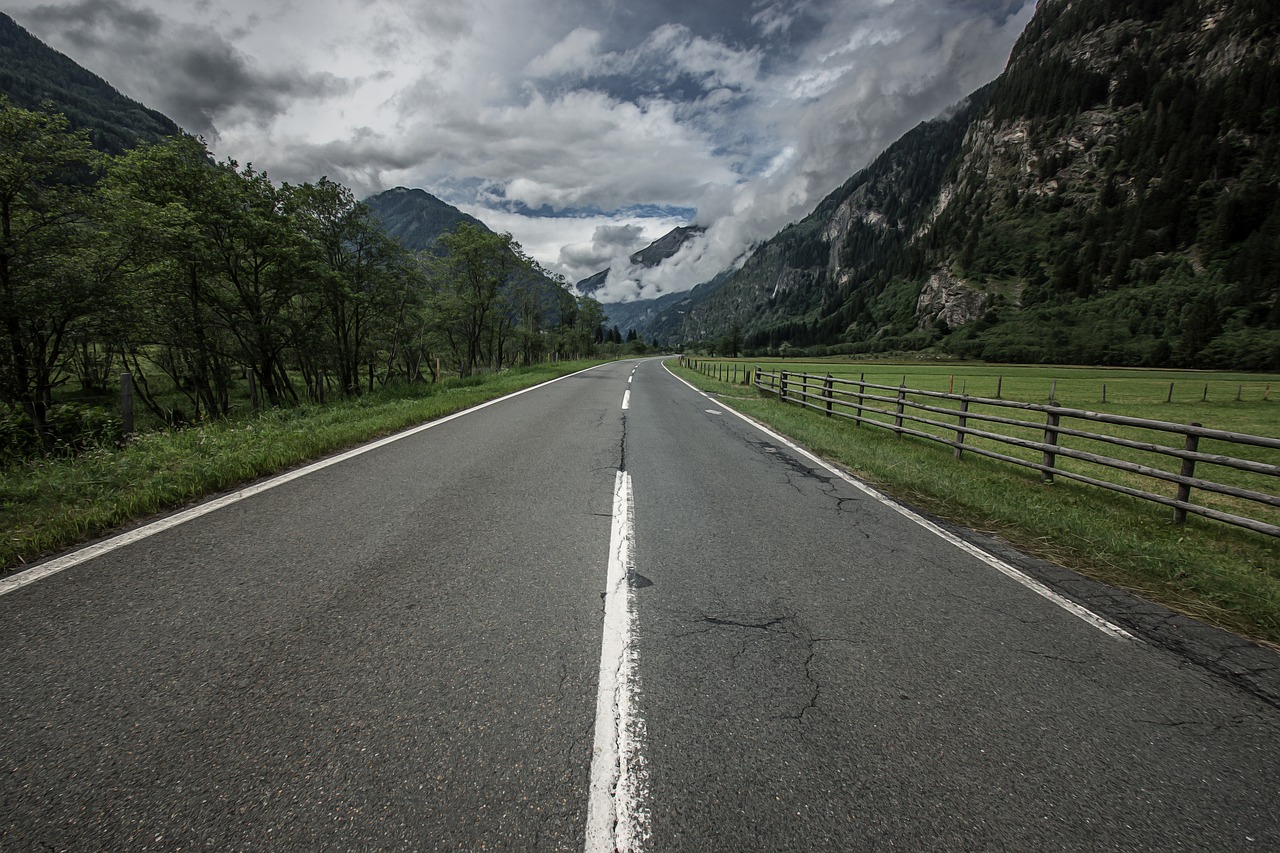The Complete History of Rolls-Royce: From Founding to Global Luxury Icon
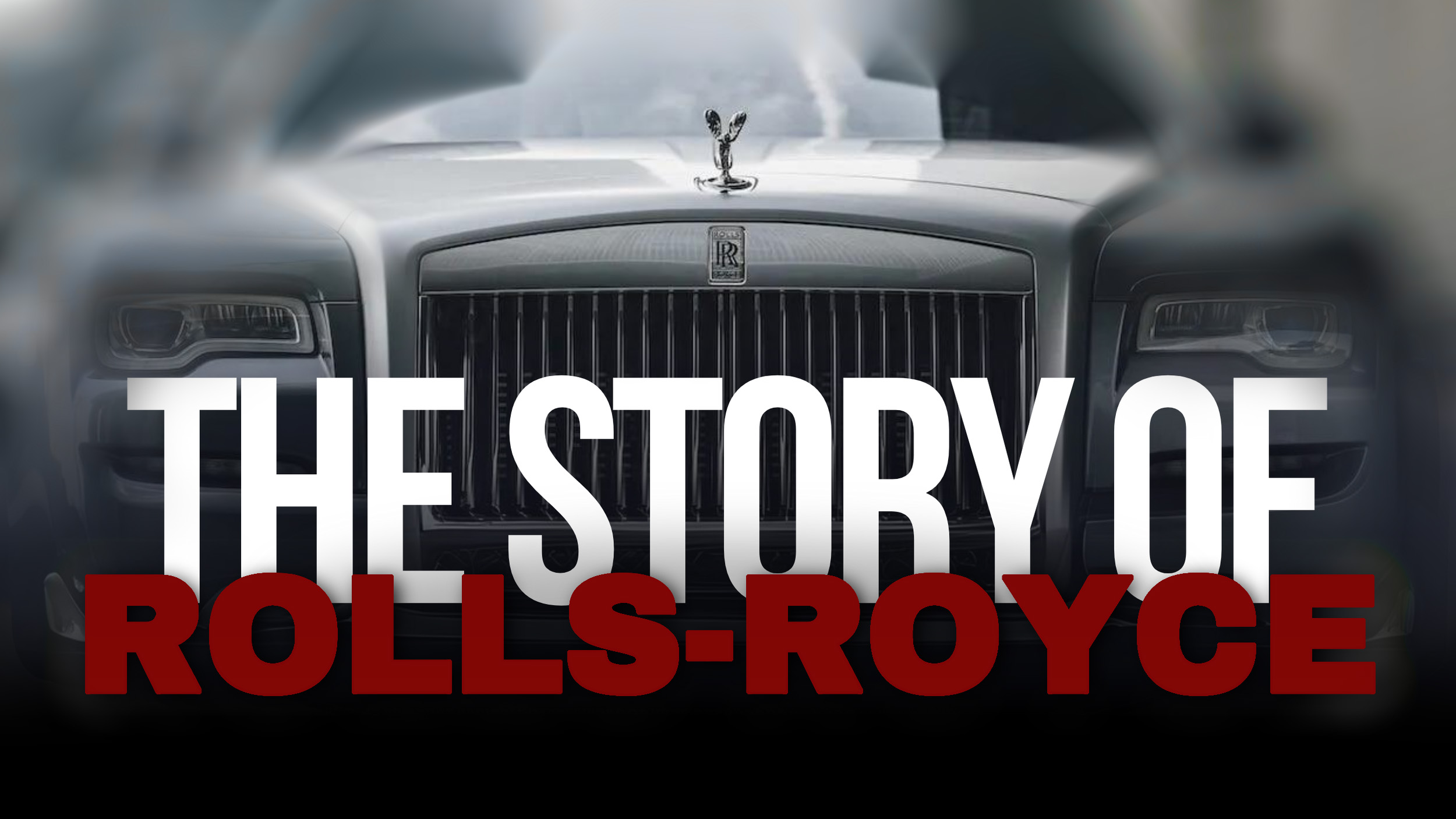
The quintessential luxury, quality and elegance of the name Rolls-Royce And it has been around for just over a century, producing some of the best autos and aircraft engines across globe. This detailed account explores the illustrious history of Rolls-Royce, providing an insight into its formation and progress over the years.
The Origins: Meeting of Minds
The tale of Rolls-Royce began with two extraordinary men, Charles Stewart Rolls and Frederick Henry Royce. Clearly fateful they met in 1904 when the aristocrat Rolls, a motoring enthusiast and dealer of cars came across Royce, an engineering entrepreneur who handmade immaculate motorcars. Rolls fell for the 10-horsepower Royce and a partnership was formed, leading to an agreement being signed on May 4 of that year branding cars as Rolls-Royces.
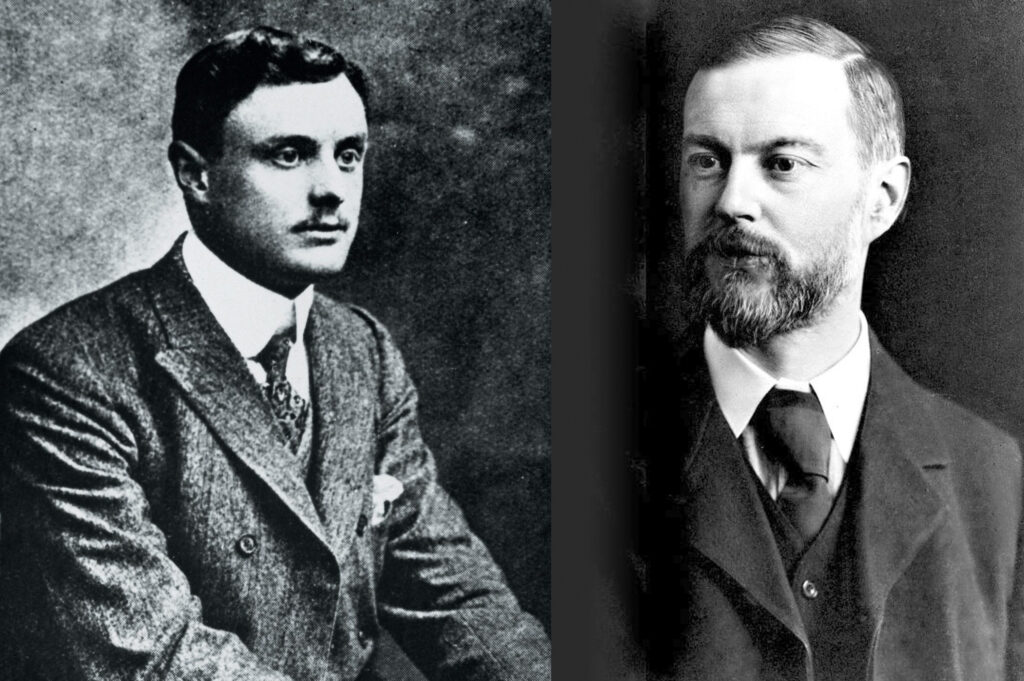
Royce provided the precision of an engineer and craftsman while Rolls supplied knowledge of business dealing, one whose new car buyers were not only wealthy but holding sway across high society. Together, they set out to create the “finest car in the world,” a lofty goal which would go on shape what we all now know and love as Rolls-Royce.
Early Days: Laying Foundation Work
Rolls-Royce Limited was established in 1906, and the Silver Ghost model that launched in 1907 played a vital part of building up their brand. The 40/50 horsepower car would soon be known as the Silver Ghost, although when new it was simply seen as a reliable and smooth less-noisy motor than its competitors. According to the company, a Silver Ghost traveled 14,000 miles without any problems during torture testing It became known as “The Best Car in the World.”
They focus to engineering excellence full of careful attention and high quality. The cars were hand built and developed with a keen sense.
Diversification into Aero Engines 63
When Rolls-Royce became a part of aviation during World War I, it added another swathe to its range. The British government asked Rolls-Royce to build aircraft engines in 1914 resulting in the development of the Eagle which was used during World War I, a number of very successful high-power aeroplanes.
The company would still advance aviation technology, producing iconic engines like the Merlin that influenced World War II. The Merlin engine drove some of the most iconic aircraft such as Supermarine Spitfire and Hawker Hurricane, cementing Rolls-Royce status within aviation.
− Post-War Era and Automotive Inventions −
Rolls-Royce had resumed production after World War II with a lineup that blended era-appropriate luxury amenities and advanced new technology. 1953 – The Silver Dawn introduced in 1949 was the first ever Rolls-Royce automobile to have a factory-built body. The Silver Cloud in 1955 was a further development of elegance, albeit larger size and grandeur.
In 1965 Rolls-Royce developed uni-body construction, disc brakes and self leveling suspension with the model Silver Shadow. The Silver Shadow went on to be the most successful model in company history, winning over a new generation of wealthy buyers.
Economic Difficulty and Nationalization
Although Rolls-Royce was one of the most prestigious names in British industry, it began to experience financial difficulties as a result of development of its new RB211 jet engine during the late 1960s. Its engine project aiming at the commercial aviation market suffered numerous technical problems, and when it went seriously over budget in 1971 they had no choice but to file for bankruptcy.
The United Kingdom nationalized Rolls-Royce to save the aerospace industry. Rolls-Royce Motors was created following the carve out of its automotive division from the rest of Rolls Royce aerospace business. Rolls-Royce Motors was subsequently surgically separated from BMW’s ownership altogether) when the aerospace company Rolls-Royce plc would be privatized in 1987.
The BMW and Volkswagen Era
A decade would pass before the next major event in Rolls-Royce’s history which came when BMW and Volkswagen both launched bids to buy it in 1998. BMW was already supplying engines and parts to Rolls-Royce, but Volkswagen purchased the factory in Crewe, England as well as rights for the Spirit of Ecstasy mascot and grille design.
Under a convoluted deal, however… while BMW secured the rights to the Rolls-Royce name and logo. Consequently from 2003, Rolls-Royce Motor Cars was established to develop and manufacture the cars in Goodwood, England. The new partnership introduced a period for the brand with wholly modern Rolls-Royce models that retained their essence but featured final state of technology development.
History of Iconic Models and Its Modern Iterations
BMW: An era that brought Rolls-Royce some of the most advanced and luxurious cars ever. The Phantom was the first of these under BMW ownership, arriving in 2003. It maintained the regal, sharp-edged style that had become the hallmark of its maker while employing new technology and engineering.
In 2009 came the Ghost, to attract a more youthful buyer looking for more dynamic performance than in The Phantom. Second in line for the Rolls-Royce throne, after being introduced as part of the BMW-led renaissance of British luxury motoring was this slightly smaller though more agile Phantom that kept almost all of whatever embodies a car bearing this marque A more performance-oriented luxury grand tourer, the Wraith was introduced back in 2013.
Then the Dawn debuted in 2015—a droptop Wraith—and all we could think about was open-air grandness. Rolls-Royce still held true to its bespoke nature, permitting customers to tailor their vehicle as they desired.

Joining the SUV Party: Cullinan
2018: First Rolls-Royce SUV debuts as Cullinan The Cullinan, named after the largest diamond ever discovered in the world, aimed to combine Land Rover-like off-roading ability with Rolls-Royce luxury and comfort. In doing so, it opened up Rolls-Royce to new customer demographics outside of its usual ultra-luxury car market and into a lucrative luxury SUV segment.
The success of the Cullinan also made market observers to notice how luxury cars were starting to diversify beyond traditional saloons and into high-end SUVs. Offering a unique combination of cutting edge technology, contemporary craftsmanship and serene hand-built luxury the Cullinan solidified Rolls-Royce’s position as an unparalleled leading brand amongst global super-luxury automotive manufacturers.
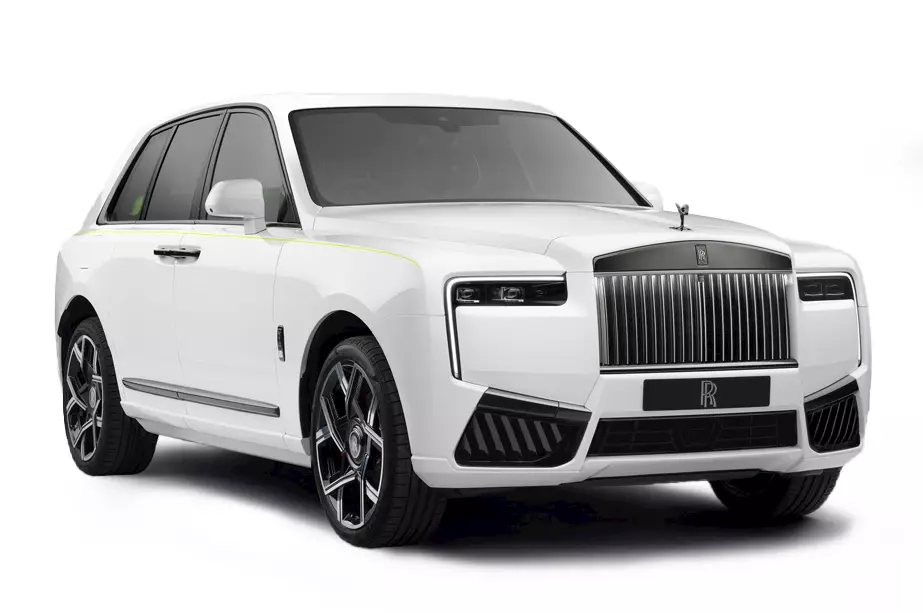
21st Century Rolls-Royce: Going Electric
Rolls-Royce is indeed moving with the times: into an electric future for automotive industry. It also announced its most dramatic move yet: an electric vehicle, the Spectre, on schedule for 2024. The Spectre is designed to pick up the gauntlet of luxury and lead Morgan into an electric future while balancing tradition with modern innovation seamlessly.
The shift towards electrification also speaks to changes in customer expectation who now require luxury and eco-conscious performance. Development of the Spectre is part and parcel with Rolls-Royce’s goal to transition itself into an electric-only brand by 2030, which will likely mean significant changes for its product lineup.
The Art of Craftsmanship: Bespoke and Limited Editions.
With bespoke craftsmanship, Rolls-Royce is able to offer its patrons the ability to create one-of-a-kind cars that reflect who they are. And that tradition also extends to limited-edition models and special commissions, which frequently include one-off design elements and material.
Take the 2017 Rolls-Royce Sweptail, developed for a client who wanted a vehicle with lines that paid homage to long-nosed cars and large yachts of traditional Rolls bodies. The 2021–introduced Boat Tail took automotive design to new dimensions, with a rear deck that opened up to reveal a picnic set equipped down to the parasol.
The hand-built vehicles showcase the lengths Rolls-Royce will go to, as a company, to create not just cars but art projects.
Diversifying Influences: Beyond Automotive
Although Rolls-Royce is more associated with autos it also touches other sectors better. It is now Rolls-Royce plc, which owns the company’s aero-engine division – continuing electric power generation as an energy supply side equipment maker who also acquired Spears and recently Kayvancy for additional assistance on maintaining hybrid capabilities of current engines used in Boeing-Nanchine commercial aircraft programs plus offer new ultra-high gloss marine oil spill recovery systems that use advanced component identification technologies available from many sources around world but not yet provided; as well owning other strategic stakeholders including like minded manufacturers through available resources such government investments etc.
Rolls-Royce’s new gas turbine engine technology The idea of using paired motors is not over yet, and Rolls-Royce will be innovative in aero engines. This is also the vision of Air France-KLM, which has worked on developing future propulsion systems and sustainable aviation technology as a way to innovate every day.
A land of legacy that is Rolls-Royce
Rolls-Royce has been a byword for luxury and sophistication throughout its existence. With QFILM™, the company continued its commitment to quality and accuracy while also adapting with the times; many vendors in both automotive & aerospace are used best IC handler of semiconductor.
The name Rolls-Royce means more than just a badge, it symbolizes perfection. The saga of Rolls-Royce from the days when it was founded by Charles Rolls and Henry Royce, whose instinct for workmanship, opulence and invention expounds occasionally to this day in an electric era a century later.
What We Know About Rolls-Royce To Come Next
Moving to the future, Rolls-Royce is in for some new things. The company discussed the shift to electric cars, increasing importance of sustainability and ever-changing taste of luxury consumers influencing its future direction. However, the brand remains as dedicated to delivering top-tier luxury experiences.
The next model, the Spectre and future EVs stand to breathe new life into Rolls-Royce’s heritage in luxury motoring. More than a hundred years of history sets Rolls-Royce as the standard for other luxury brands, an emblematic representation of success and culture in time.
check our other Blogs/ Aricles.



